This post may contain affiliate links. If you use these links to buy something we may earn a commission. Thanks.
Fruiting shade “lovers” are more easily found in the tropics as they have intense sun for a longer time than in cold climates.
Many tropical fruits grow in the understory of a tropical forest. This means they either receive partial, dappled, or moderate shade.
Our food forest friends grow plenty of tropical fruit in varying degrees of shade. They primarily have reported most of these fruits thriving in dappled to moderate shade—a little less sun than partial shade!
I asked several people who grow fruit trees in tropical climates what not only grows well but fruits and ripens well. After all, you’re here to enjoy fruit! Not to grow non-fruiting fruit trees.
Carambola, loquat, fig, guava, Tahitian lime, mangosteen, and borojo fruit trees produce abundantly in the shade. While many more fruiting trees will happily grow in the shade, they won’t produce fruit the way these ones do.
Many of these produce delicious fruits and are certainly worth a try.
Fruit Trees Nursery USA sells plenty of the following fruit trees.
And if you’re in zones 7-11 you have plenty more options in this post: 42 Best Fruits to Grow in Shade (for Good Harvests)
Know what else fruits and grows in the shade? Mushrooms! See: Grow a Mushroom Garden at Home in 4 Steps and in a warm climate, you’ll be able to grow pink oysters as a perennial!
Carambola (Averrhoa carambola) zones 10-12
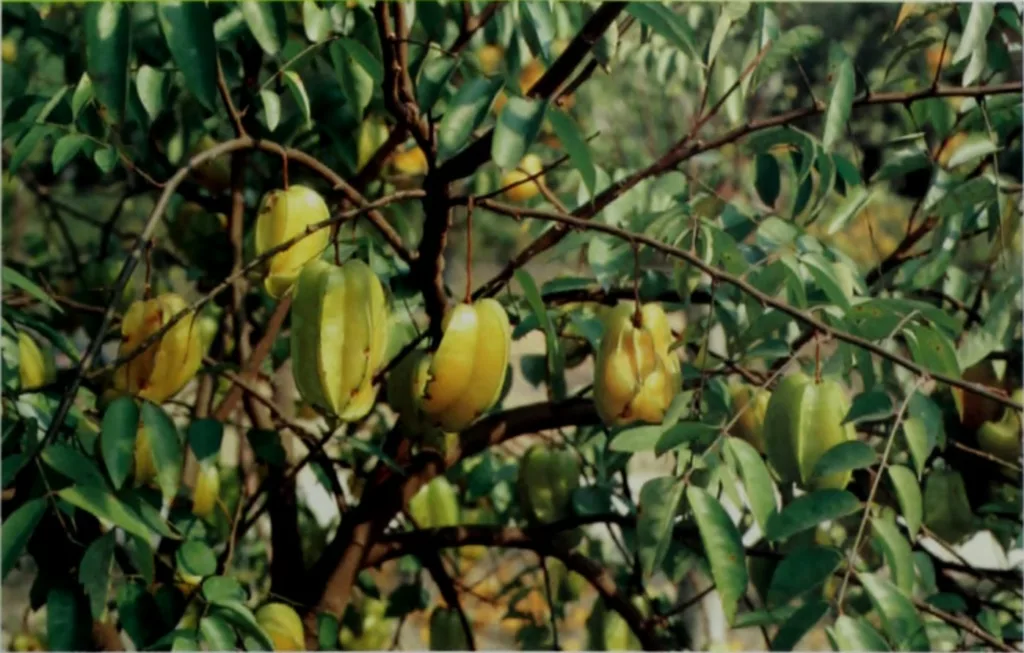
Star-fruit trees are quite adaptable to various light intensities according to the American Society for Horticultural Science.
In general, they are considered suitable for full sun, light shade, and partial shade.
When you cut the fruit, it’s shaped like a star! Personally, I don’t remember what star fruit tastes like, I haven’t had one in a long time, but the flavor is said to be a mix between pear, grape, and orange.
Seedlings are offered on Etsy.
Loquat (Eriobotrya japonica) zones 8-10
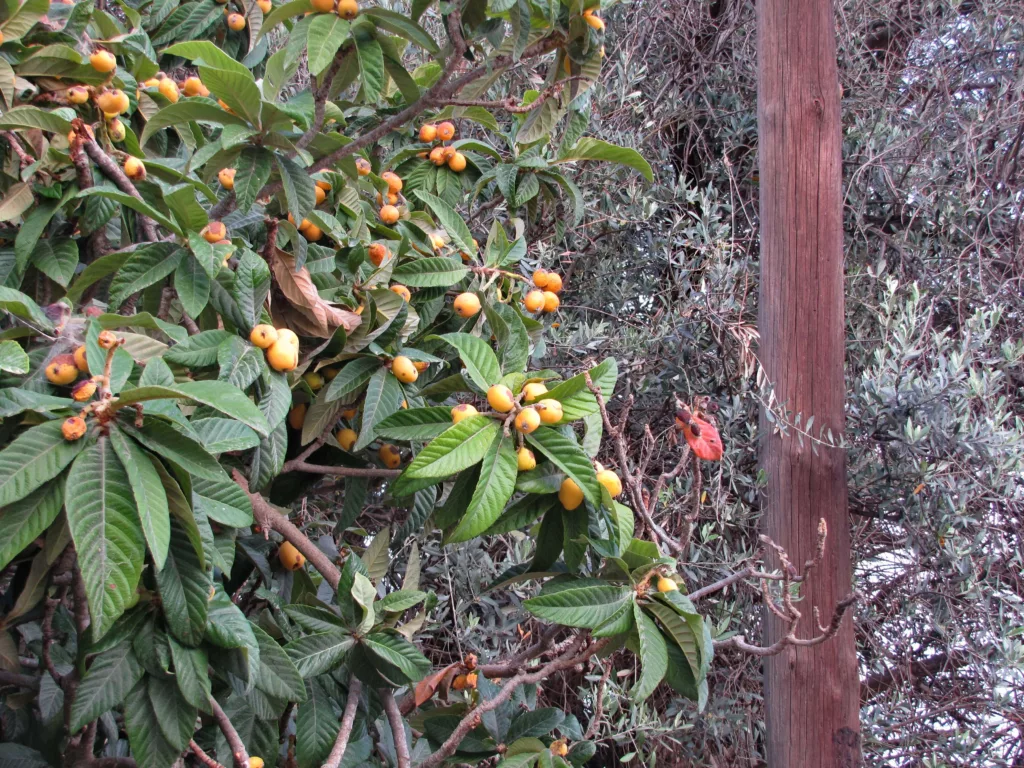
Friends living in Florida have loquats growing under a large oak canopy, in full shade, and yielding a lot of fruit! In general, loquats are known for growing in partial shade, but a mature loquat tree in full, perhaps dappled shade is telling a deeper story.
From them, I’ve heard other growers with 5-foot loquats producing fruit in the shade. Their trees get more shade in fall, peak production time—fall to early winter.
Loquat fruits have a sweet floral taste with a blend of cherry, plum, and apricot. The fruit can be used to make cocktails, custards, cakes, salsas, margaritas, chutneys, smoothies, sauces, or simply enjoyed raw!
Seedlings are offered on Etsy.
Fig (Ficus carica) zones 7-12
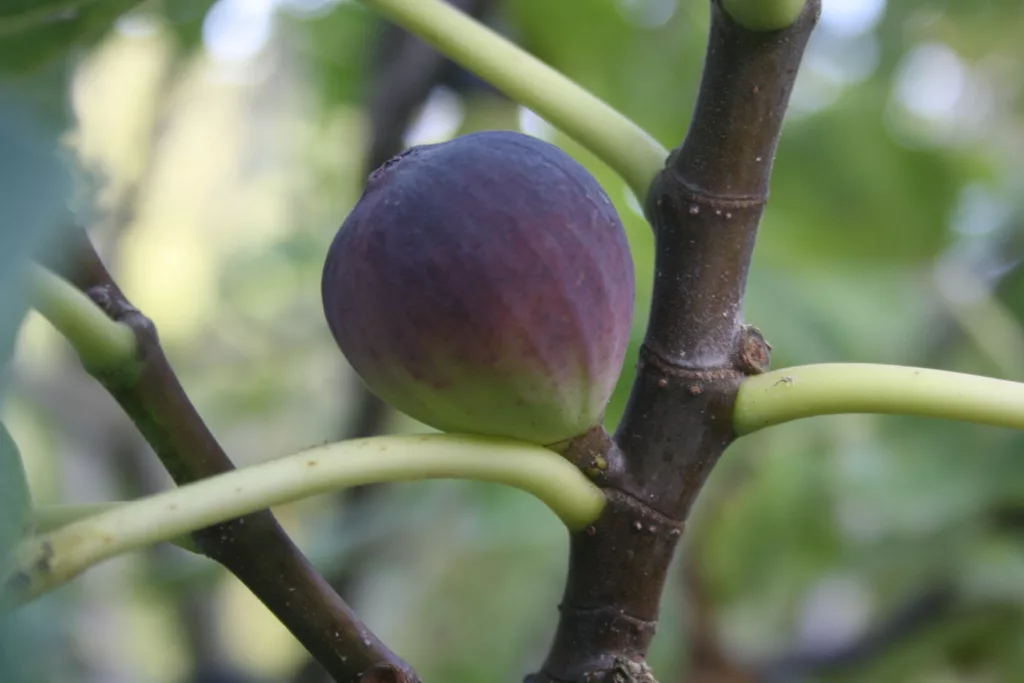
This study noticed that figs are adaptive and tolerant to shade as they studied the North-facing (shaded) vs South-facing (sunny) parts of fig trees.
Several growers have also experienced fruit yields in the shade. Anne, a Florida friend, has a fig on the north side of her garage, “it only gets a couple of hours of direct sunshine, but lots of fruit ripens.”
Seedlings are offered on Etsy.
Guava (Psidium guajava) zones 9-12
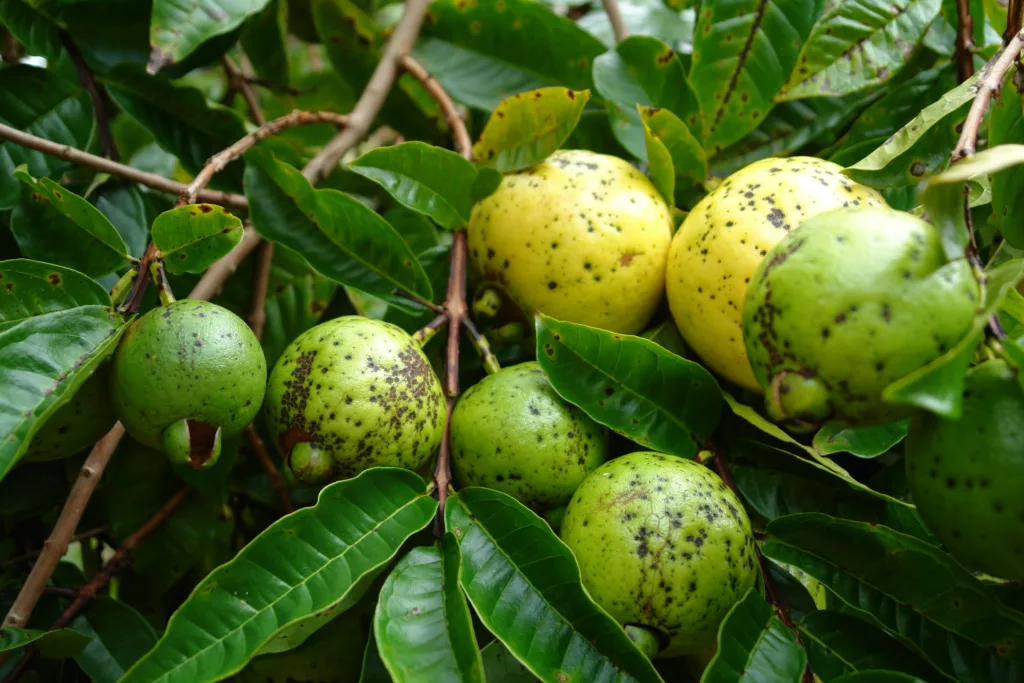
Guavas are known to be shade tolerant, so much so that they are a “shade tolerant invasive species.”
These trees have numerous medicinal uses. The fruit is said to be best eaten when picked ripe (yellow) off the tree and bitten into. Green guavas aren’t as sweet or soft.
Fresh-picked guavas are a special treat as stores only sell them green. As they ripen off the tree at home, they go bad very easily while you’re waiting for them to become ripe.
Guava is described to taste like a cross between a strawberry and a pear. Use fruit to make sweet or savory dishes.
Borojo (Borojoa patinoi) zones 10-12

This fruiting tropical tree is known to prefer semi-shade and tolerates full sun. It natively grows in the understory of Columbian forests.
The International Journal of Food Properties shares plenty of insights into this ‘unheard-of’ fruit: “Borojó is an exotic and apple-sized fruit with some medicinal and aphrodisiacal properties, which command a high price in the local markets and is traditionally used in drinks and other handcrafted preparations.”
The fruit is the size of an apple and doesn’t keep for very long.
A good choice for truly shaded spaces that you want to be filled with healthy fruit.
SeedMall on Etsy currently sells a pack of 30 seeds.
Lime (Citrus × latifolia) zones 9-11

According to Horticulture: Plants for People and Places, Volume 1 pp 159–195, citrus trees, in general, are quite shade tolerant. While you won’t get maximum fruit production in the shade, you’ll still have a healthy tree and some fruit.
Meyers lemons are also spoken about by growers on a general basis for producing fruit in the shade. These trees are often grown indoors! So surely, that counts as shade, even in a sunny window.
ExoticLandSeeds sells Tahiti lime seeds on Etsy.
Mangosteen (Garcinia mangostana) zones 11-12
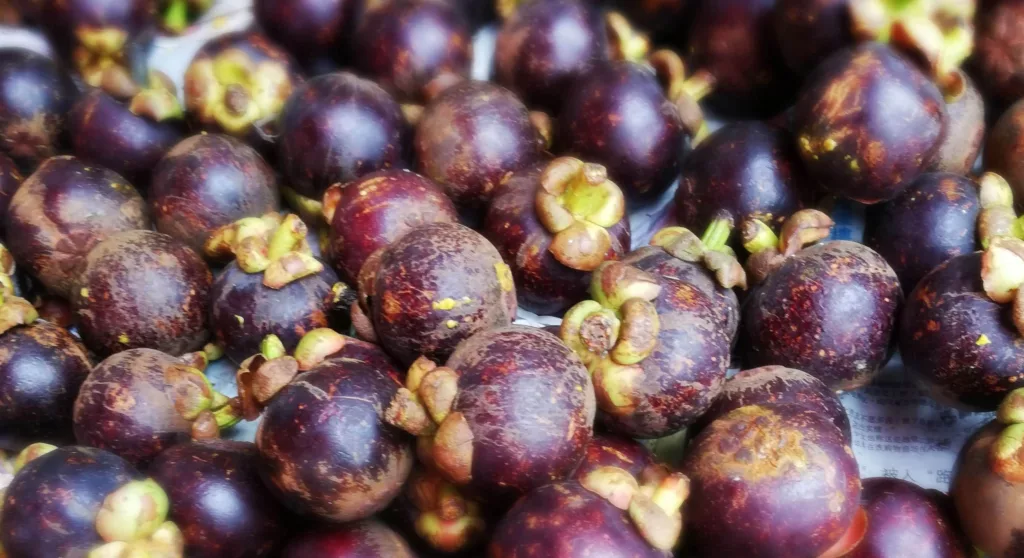
Mangosteens offer a creamy white fruit inside the purple shell. They taste similar to lychees with a mix of peach, banana, and strawberry notes. I’ve only tasted them from grocery stores, I couldn’t imagine what they’re like off the tree!
This study of the gas exchange of mangosteens, in various levels of shade, resulted in the conclusion that mangosteens are a shade-tolerant understory tree.
Mangosteens are a slow-growing tree, but like most other slow growers, they are long-living. If you plant mangosteen, expect to wait 10-15 years before fruit!
A good choice for truly shaded areas that call for a suitable fruit tree.
Seedlings are offered on Etsy.
Best Partial Shade Fruit Trees Zone 9 (Coming soon)
If you’re in zone 9, you can grow the figs, guavas, loquats, limes, and more options listed in the next post.
See: Best Partial Shade Fruit Trees Zone 9
Recent Posts
There’s no shortage of full-sun ground covers for zone 4 climates! Each plant in this list can withstand the frigid temperatures and also enjoy the hot sun in summer. Full sun means that a plant...
There's no shortage of full sun ground covers, not even in zone 3! Zone 3 climates offer hot but short-lived summers and very cold winters. So each plant in this list can withstand the frigid...
